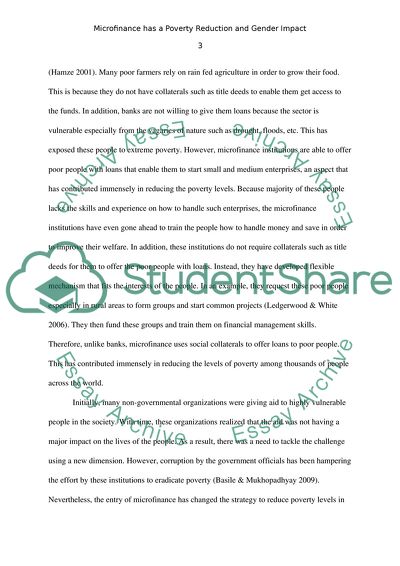Cite this document
(“Provide a critical assessment on the merit of the claim that Essay”, n.d.)
Provide a critical assessment on the merit of the claim that Essay. Retrieved from https://studentshare.org/finance-accounting/1688001-provide-a-critical-assessment-on-the-merit-of-the-claim-that-microfinance-has-a-poverty-reduction-and-gender-impact
Provide a critical assessment on the merit of the claim that Essay. Retrieved from https://studentshare.org/finance-accounting/1688001-provide-a-critical-assessment-on-the-merit-of-the-claim-that-microfinance-has-a-poverty-reduction-and-gender-impact
(Provide a Critical Assessment on the Merit of the Claim That Essay)
Provide a Critical Assessment on the Merit of the Claim That Essay. https://studentshare.org/finance-accounting/1688001-provide-a-critical-assessment-on-the-merit-of-the-claim-that-microfinance-has-a-poverty-reduction-and-gender-impact.
Provide a Critical Assessment on the Merit of the Claim That Essay. https://studentshare.org/finance-accounting/1688001-provide-a-critical-assessment-on-the-merit-of-the-claim-that-microfinance-has-a-poverty-reduction-and-gender-impact.
“Provide a Critical Assessment on the Merit of the Claim That Essay”, n.d. https://studentshare.org/finance-accounting/1688001-provide-a-critical-assessment-on-the-merit-of-the-claim-that-microfinance-has-a-poverty-reduction-and-gender-impact.


